Bodmin Keep is over 160 years old and is the historic home of the Army in Cornwall. This former headquarters of the Duke of Cornwall’s Light Infantry houses the museum, with more than three hundred years of military history, a library and meeting rooms. Each of the 20,000 collection items has its own story to tell. Stories about the battles that have been fought, weapons that were used or personal letters that were written on the battlefield.
History of the Museum
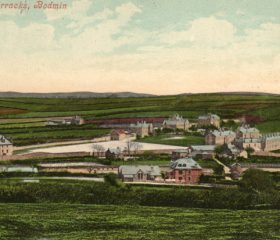

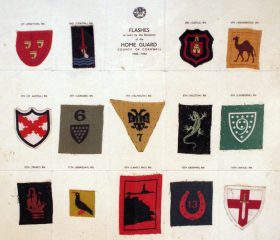
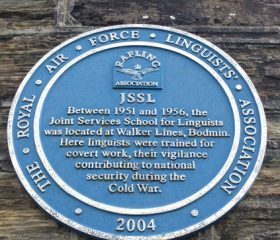
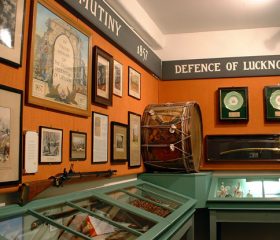
1859 - Building the Keep
The museum is housed in The Keep, one of Bodmin’s most important historic buildings which dates from 1859. Originally built as a depot (store and HQ) of the Cornish Militia and Volunteers, The Keep became the Duke of Cornwall’s Light Infantry headquarters in the 1880s. The site gradually expanded and by the late 19th century there was an officers’ mess, a sarjeants’ mess, hospital and living quarters for more than 399 officers, soldiers and married soldiers’ families, being named Victoria Barracks.
1914 - The Barracks in World War 1
In the First World War Victoria Barracks saw more than 2000 soldiers set up camp when recruits from all over the country came for three to six months of training before being sent into battle. The First World War Memorial Monument in front of the Keep was unveiled by the Prince of Wales in 1924 and reminds us of the battles in which the Regiment fought. The war memorial was designed by well-known sculptor L S Merrifield and the soldier was modelled on William Harvey Triggs, who also modelled for the Newlyn School artist Stanhope Forbes.
1940 - World War II
During the early part of the Second World War, the Barracks continued to be used by the Regiment, and in May 1944 USA forces occupied the site, including an extensive camp named ‘Walker Lines’, for training in the run-up to the ‘D-Day’ invasion of Europe at Omaha Beach in Normandy, where a bloody battle was fought.
1950 - The Keep During the Cold War
The Cold War saw the need for greater numbers of interpreters, and intelligence officers and this led to the establishment of a ‘Foreign Language School’ at Bodmin Barracks in 1951. The Joint Services School for Linguists (JSSL) was founded by the British armed services to provide mainly Russian language training to specially selected conscripts undergoing National Service. These included young men such as Alan Bennett, Michael Frayn and Dennis Potter. The school closed at Bodmin in 1956 when it moved to Crail in Scotland and this in turn closed with the ending of National Service conscription in 1960. Victoria Barracks closed as an operational site in 1962 and in the years that followed, was gradually sold off for redevelopment, with The Keep the only building retained by the MOD.
2020 - The Museum Today
Today, The Keep is the only Ministry of Defence building that remains on the old Victoria Barracks site. It houses the museum which is run by an independent charitable trust the purpose of which is to preserve and share the heritage of the Duke of Cornwall’s Light Infantry and the Light Infantry with as wide an audience as possible. The current regiment, The Rifles, was formed in February 2007 by the amalgamation of the Devon and Dorset Light Infantry, the Royal Green Jackets, the Light Infantry and the Royal Gloucester, Berkshire and Wiltshire Light Infantry into a huge single regiment, the largest in the army. It still has its county office in The Keep.
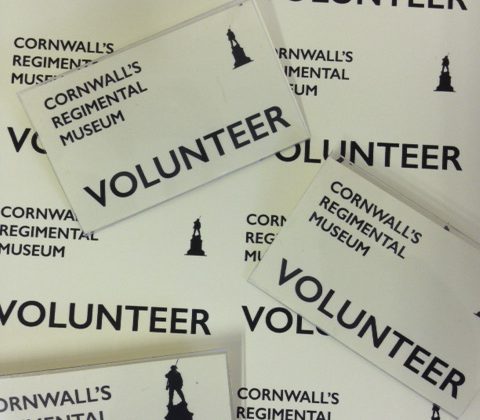
Become a Volunteer
Would you like to join our warm and welcoming team of volunteers? If you have a few hours to spare we have lots of different volunteer opportunities.
Contact us to find out more by emailing volunteering@bodminkeep.org or by phone on 01208 72810.
Find out more